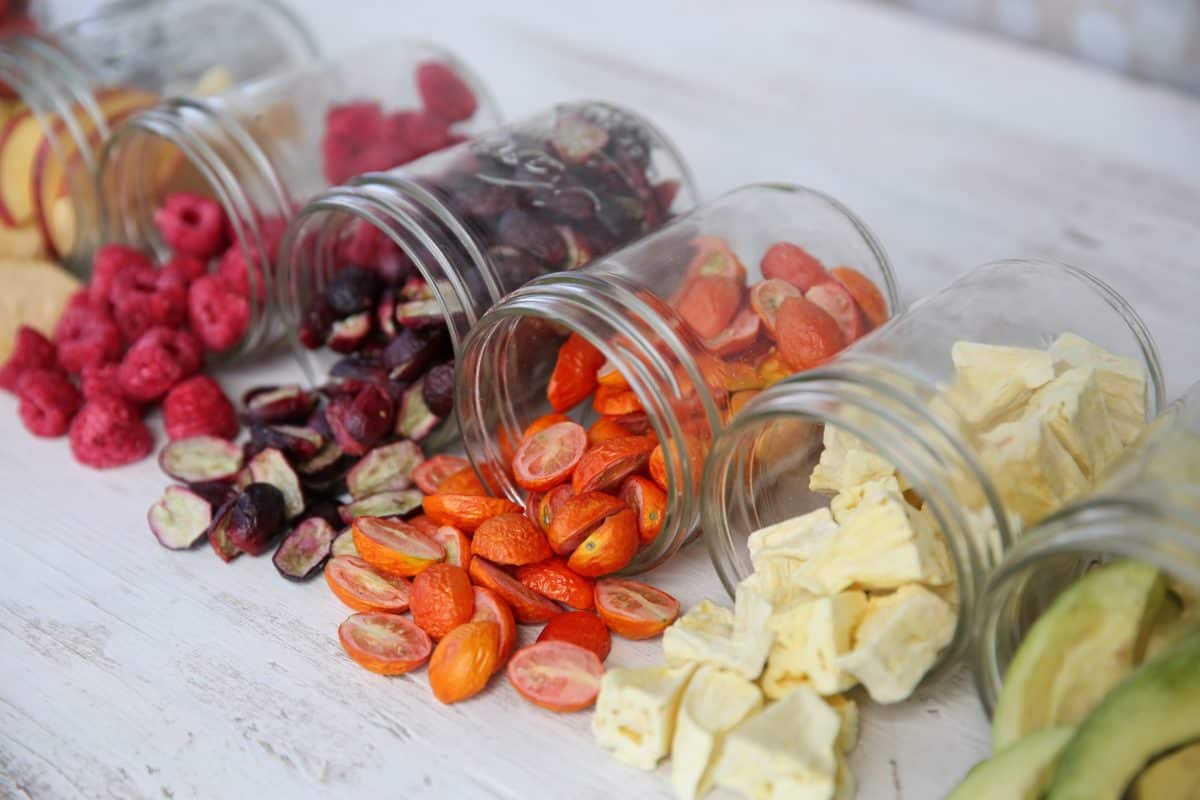

Articles
How To Store Dried Fruits
Modified: February 20, 2024
Learn the proper methods and tips for storing dried fruits in this comprehensive article. Keep your dried fruits fresh and flavorful for longer periods of time with these expert techniques.
(Many of the links in this article redirect to a specific reviewed product. Your purchase of these products through affiliate links helps to generate commission for Storables.com, at no extra cost. Learn more)
Introduction
Welcome to the world of dried fruits! These delicious and nutritious treats are not only a convenient snack option but also a great way to incorporate a burst of flavor and vitamins into your diet. Whether you have a dedicated pantry or limited storage space, it’s important to understand the best practices for storing dried fruits to ensure their freshness and longevity. In this article, we will explore the benefits of dried fruits, discuss how to choose and prepare them, and provide essential tips on storing them properly.
Dried fruits offer a wide range of benefits in terms of nutrition and convenience. They are packed with essential vitamins, minerals, and fiber, making them a healthy alternative to sugary snacks. Dried fruits also provide a quick and easy source of energy, making them an ideal choice for athletes and those with active lifestyles. Moreover, they are lightweight and portable, making them a convenient on-the-go snack for busy individuals.
When it comes to choosing dried fruits, opt for those that are free from additives, such as preservatives and sweeteners. Look for organic options whenever possible to minimize exposure to pesticides. Always check the freshness and quality of the dried fruits before purchasing. Ensure that they are plump, colorful, and free from mold or signs of spoilage.
Before consuming dried fruits, it is advisable to give them a quick rinse under running water to remove any debris or impurities. This step will ensure that you are enjoying clean and hygienic dried fruits.
Now that you have chosen and prepared your dried fruits, let’s dive into the important topic of storing them properly. There are several factors to consider, including temperature, humidity, and exposure to light. Let’s explore the best storage practices for dried fruits in different settings, including the pantry, refrigerator, and freezer.
Key Takeaways:
- Dried fruits are a powerhouse of essential nutrients, fiber, and antioxidants, making them a convenient and healthy snack option for boosting energy and promoting heart health.
- Proper storage in airtight containers, away from light and moisture, ensures the longevity and quality of dried fruits, while rehydration techniques unlock their juicy and tender texture for versatile culinary use.
Read more: How To Store Freeze Dried Fruit
Benefits of Dried Fruits
Dried fruits offer a multitude of health benefits that make them a popular choice among health-conscious individuals. Here are some key benefits of incorporating dried fruits into your diet:
- Nutritional Powerhouse: Dried fruits are packed with essential nutrients, including vitamins, minerals, and fiber. They provide a concentrated source of nutrients, making them a convenient way to boost your intake of important vitamins such as vitamin C, vitamin A, and potassium.
- Rich in Fiber: Dried fruits are a great source of dietary fiber, which is important for digestive health. Fiber aids in digestion, helps prevent constipation, and promotes a feeling of fullness, making dried fruits a satisfying and healthy snack option.
- Antioxidant-Rich: Dried fruits are known for their high antioxidant content. Antioxidants help protect the body against oxidative stress and damage caused by free radicals, which can contribute to chronic diseases such as heart disease, cancer, and diabetes.
- Energy Boost: Dried fruits provide a quick and natural source of energy due to their natural sugars and carbohydrates. They are a great option for athletes and those needing a pick-me-up during the day.
- Heart Health: Several studies have shown that consuming dried fruits regularly can have a positive impact on heart health. They are rich in heart-healthy nutrients such as potassium, magnesium, and fiber, which can help lower blood pressure and reduce the risk of cardiovascular diseases.
- Weight Management: Despite their natural sweetness, dried fruits can be a helpful aid in weight management when consumed in moderation. The fiber and nutrients in dried fruits can promote a feeling of fullness, reducing the likelihood of overeating.
- Convenience: Dried fruits are a convenient and portable snack option. They do not require refrigeration, making them an excellent choice for on-the-go snacking during travel, work, or outdoor activities.
Keep in mind that while dried fruits offer numerous health benefits, they should still be consumed in moderation due to their natural sugar content. It’s important to strike a balance and enjoy dried fruits as part of a varied and balanced diet.
Choosing and Preparing Dried Fruits
When it comes to choosing dried fruits, there are a few factors to consider to ensure you are selecting high-quality options. Here are some tips for choosing and preparing dried fruits:
- Quality: Look for dried fruits that are free from additives such as preservatives, sweeteners, and artificial flavors. Opt for organic dried fruits whenever possible to minimize exposure to pesticides.
- Freshness: Before purchasing, check the appearance and texture of the dried fruits. They should be plump, vibrant in color, and free from signs of mold or spoilage. Avoid purchasing dried fruits that are overly dry, shriveled, or discolored.
- Variety: Explore different types of dried fruits to expand your palate and nutrient intake. Options such as raisins, apricots, dates, figs, and cranberries offer a range of flavors and nutritional profiles.
- Preparation: Before consuming dried fruits, it is advisable to give them a quick rinse under running water. This step will help remove any surface dirt, debris, or residues that may be present. Pat them dry with a clean kitchen towel before enjoying.
- Texture: Dried fruits can vary in texture, from soft and chewy to firm and crispy. Choose the texture that suits your preference and intended use. For example, softer dried fruits like dates work well in baking, while firmer options like dried mangoes make great additions to trail mixes.
- Storage: Properly storing dried fruits is crucial to maintaining their freshness and flavor. We will delve into the specifics of storage tips in the following sections.
Now that you have chosen and prepared your dried fruits, you are ready to store them in the most optimal way to retain their quality and shelf life. Let’s explore the different storage methods for dried fruits, including the pantry, refrigerator, and freezer.
Storage Tips for Dried Fruits
Proper storage is key to maintaining the quality, flavor, and nutritional value of dried fruits. Here are some essential storage tips to ensure your dried fruits stay fresh:
- Airtight Containers: Transfer your dried fruits to airtight containers or resealable bags for optimal storage. This helps prevent moisture from seeping in and preserves the texture and flavor of the dried fruits.
- Cool and Dry Environment: Store dried fruits in a cool and dry place, away from direct sunlight and sources of heat. Excessive heat and exposure to light can speed up the degradation process and impact the quality of the dried fruits.
- Humidity Control: Dried fruits are susceptible to moisture absorption, which can lead to mold growth and spoilage. Make sure to store them in a low humidity environment to prevent this. Consider using moisture-absorbing packets or silica gel packs to further protect the dried fruits.
- Check for Moisture: Regularly check the stored dried fruits for any signs of moisture or mold growth. If you notice any moisture, discard the affected pieces immediately to prevent the spread of mold to the rest of the batch.
- Labeling and Rotation: If you frequently store different types of dried fruits, it’s a good practice to label the containers with the name and date of purchase. This way, you can keep track of the freshness and rotate the older batches to the front for consumption first.
- Avoid Mixing Strongly Flavored Fruits: Some dried fruits have intense flavors that can transfer to other fruits if stored together. It’s best to store strongly flavored fruits like apricots or pineapple separately to avoid cross-contamination of flavors.
- Proper Handling: When accessing the dried fruits, make sure to use clean utensils or hands to prevent any contamination. Avoid touching the dried fruits with moist hands as the moisture can hasten deterioration.
- Store in Small Portions: If you do not plan to consume a large quantity of dried fruits within a short period, consider dividing them into small portions and storing them separately. This way, you can open and access only the required portion, keeping the rest sealed and fresh for longer.
By following these storage tips, you can extend the shelf life of your dried fruits and enjoy them at their best for an extended period. Now, let’s explore the specific storage methods for dried fruits in the pantry, refrigerator, and freezer.
Storing Dried Fruits in Pantry
The pantry is a convenient and commonly used storage location for dried fruits. Follow these guidelines to ensure proper storage of dried fruits in your pantry:
- Choose the Right Container: Transfer your dried fruits from their original packaging to airtight containers or resealable bags. Mason jars, plastic containers with tight-fitting lids, or food-grade plastic bags are all suitable options for pantry storage.
- Pantry Placement: Place the containers of dried fruits in a cool, dry, and dark area of your pantry. Avoid storing them near the stove, oven, or other heat sources that can cause temperature fluctuations.
- Avoid Moisture Exposure: Ensure that the pantry area is free from excess moisture and humidity. Moisture can cause the dried fruits to become sticky, clump together, or develop mold. Consider using moisture-absorbing packets or silica gel packs in the pantry to control humidity.
- Proper Organization: Arrange your dried fruits in a way that allows for easy access and rotation. Place the containers in a visible area, and consider labeling them with the fruit type and date of purchase to keep track of freshness.
- Regular Inspection: Periodically check your dried fruits for any signs of moisture, mold growth, or deterioration. If you spot any issues, discard the affected pieces and transfer the remaining dried fruits to a new container.
Following these pantry storage tips will help maintain the quality and flavor of your dried fruits for an extended period. However, note that the shelf life of dried fruits stored in the pantry can vary depending on factors such as fruit type, packaging quality, and storage conditions. It’s always a good idea to check the specific storage recommendations for each type of dried fruit to ensure optimal storage conditions.
In the next sections, we will explore storage methods for dried fruits in the refrigerator and freezer, which can help extend their shelf life even further.
Store dried fruits in airtight containers in a cool, dark place to maintain their flavor and texture. You can also extend their shelf life by storing them in the refrigerator or freezer.
Read more: How To Store Fruit To Avoid Fruit Flies
Storing Dried Fruits in the Refrigerator
The refrigerator can be a suitable storage option for certain types of dried fruits, especially in warmer climates or during the summer months. Here are some guidelines for storing dried fruits in the refrigerator:
- Container Selection: Transfer the dried fruits to airtight containers or resealable bags before placing them in the refrigerator. This helps prevent moisture from entering and maintains the flavor and texture of the dried fruits.
- Temperature Considerations: Set your refrigerator to a low temperature, ideally between 40°F (4°C) and 50°F (10°C). This cooler temperature helps slow down the degradation process and preserves the quality of the dried fruits.
- Moisture Control: Ensure that the refrigerator compartment is not excessively humid. Excessive moisture can cause the dried fruits to become sticky or even develop mold. If needed, you can place a moisture-absorbing packet or a small container of rice in the refrigerator to absorb excess moisture.
- Proper Placement: Place your containers of dried fruits in a specific area of the refrigerator, away from strong-smelling foods. This will help prevent any absorption of odors or flavor transfers.
- Regular Inspection: Periodically check the dried fruits for any signs of moisture, mold growth, or deterioration. If you notice any issues, discard the affected pieces and transfer the remaining dried fruits to a new container.
- Recommended Use: While refrigeration can help prolong the shelf life of dried fruits, it is important to note that some dried fruits may lose their texture and become slightly softer when stored in the refrigerator. For fruits like raisins, cranberries, or dates, refrigeration may not be necessary and they can be stored safely in the pantry.
It’s worth mentioning that refrigeration is not mandatory for all types of dried fruits. Some varieties, like apricots or pineapple, may benefit from refrigeration due to their higher moisture content, while others can be stored safely in pantry conditions. Always refer to the specific storage recommendations for each type of dried fruit to ensure proper storage conditions.
In the following section, we will explore the storage method for long-term storage of dried fruits in the freezer.
Storing Dried Fruits in the Freezer
The freezer provides the longest shelf life for dried fruits, making it an excellent option for long-term storage. Follow these guidelines to store dried fruits in the freezer:
- Container Selection: Transfer the dried fruits to airtight containers or freezer bags before placing them in the freezer. Make sure the containers are specifically designed for freezer use to maintain the quality and prevent freezer burn.
- Portion Control: Divide the dried fruits into small portions or use individual serving-sized containers before freezing. This way, you can easily access and thaw only the amount you need each time, without exposing the rest to temperature fluctuations.
- Labeling and Dating: Label the containers with the name of the dried fruit and the date of freezing. This helps you keep track of the storage time and ensures you use the oldest batches first.
- Freezer Placement: Position the dried fruit containers in the coldest part of the freezer, away from the door. This location helps maintain a constant temperature and minimizes exposure to temperature fluctuations when opening the freezer.
- Freeze Time: Dried fruits can be stored in the freezer for up to one year without significant loss of quality. However, for the best flavor and texture, it is recommended to consume them within six to eight months of freezing.
- Thawing Process: When you’re ready to enjoy the frozen dried fruits, simply transfer the desired portion to the refrigerator or leave them at room temperature for a few hours until fully thawed. Avoid using heat or hot water to thaw the dried fruits, as this can affect their texture and flavor.
- Recommended Use: While freezing is a great option for long-term storage, keep in mind that some dried fruits may become slightly softer after thawing. However, they will still maintain their flavor and nutritional value.
By following these freezer storage tips, you can extend the shelf life of your dried fruits and have a convenient supply on hand whenever you need them. Whether you freeze them for future snacking, baking, or cooking purposes, properly stored frozen dried fruits can be used in a variety of culinary applications.
Now that you know the best practices for storing dried fruits in the pantry, refrigerator, and freezer, you can confidently stock up on your favorite varieties and enjoy their deliciousness and nutritional benefits for an extended period!
Tips for Maximizing Shelf Life
To maximize the shelf life and quality of your dried fruits, here are some additional tips to keep in mind:
- Proper Packaging: Ensure that the initial packaging of your dried fruits is intact and sealed. If not, transfer them to airtight containers or resealable bags before storing.
- Keep Away from Light: Exposure to light can cause dried fruits to lose their color and degrade in quality. Store them in opaque containers or keep them in a dark pantry or cupboard for extended shelf life.
- Regular Rotation: Consume the older batches of dried fruits first to prevent them from sitting in storage for too long. This ensures that you utilize your stock before the flavors and textures start to deteriorate.
- Store Separately: If you have multiple varieties of dried fruits, consider storing them separately. This prevents the flavors from blending and preserves the distinct taste of each type.
- Frequent Inspection: Regularly check your stored dried fruits for any signs of spoilage, such as mold, off smells, or texture changes. If you notice any issues, promptly remove the affected pieces and discard them to prevent the spread to the rest of the batch.
- Temperature Management: Maintain a consistent temperature in your storage area. Avoid extremes in temperature that can negatively affect the quality of the dried fruits. Consistent and moderate temperatures are key to preserving their flavor and texture.
- Repackaging: Over time, the original packaging of dried fruits may become compromised. If you notice any damage or deterioration, consider repackaging the fruits in new airtight containers or bags to ensure continued freshness.
- Avoid Excess Moisture: Moisture is the enemy of dried fruits. Keep them away from areas with high humidity, such as near the sink or in the bathroom. Excess moisture can lead to spoilage and the growth of mold.
- Use Oxygen Absorbers: To further extend the shelf life of dried fruits, consider using oxygen absorbers in the storage containers. These small packets remove the oxygen that can contribute to the degradation of the dried fruits.
- Keep Away from Strong Odors: Dried fruits can absorb strong odors from other foods. Avoid storing them near pungent or aromatic ingredients to prevent the flavors from transferring.
By following these tips, you can enjoy the maximum shelf life and retain the quality of your dried fruits for an extended period. Proper storage and handling will ensure that your dried fruits are always ready to be enjoyed as a delicious and nutritious snack.
Now that you are equipped with the knowledge of storing dried fruits properly and maximizing their shelf life, you can confidently stock up on your favorite varieties and enjoy their flavor, texture, and nutritional benefits for longer periods!
Properly Rehydrating Dried Fruits
While dried fruits are delicious on their own, you may occasionally want to rehydrate them for certain recipes or to enjoy them in a different texture. Follow these steps to properly rehydrate dried fruits:
- Choose the Right Method: There are various methods you can use to rehydrate dried fruits, depending on your preferences and the recipe you are preparing. The most common methods include soaking, simmering, or steaming.
- Select the Fruits: Choose the dried fruits you want to rehydrate. Some fruits, such as apricots or figs, rehydrate well, while others like raisins or cranberries remain plump even when dried.
- Clean and Prep: Give the dried fruits a quick rinse under running water to remove any dust or debris. Depending on the fruit, you may need to remove stems, pits, or any other inedible parts before rehydrating.
- Soaking Method: Place the cleaned dried fruits in a bowl and cover them with enough warm water, juice, or other liquid of your choice. Let them soak for approximately 30 minutes to 1 hour, or until they become plump and tender.
- Simmering Method: For fruits that require longer rehydration or cooking, you can use the simmering method. Place the dried fruits in a saucepan and cover them with water or another liquid. Bring the liquid to a boil, then reduce the heat and let the fruits simmer until they reach the desired texture.
- Steaming Method: Another option is to steam the dried fruits. Place them in a steamer basket or a heatproof bowl set over simmering water. Cover and steam for several minutes until the fruits soften and rehydrate.
- Time Considerations: The rehydration time will vary depending on the type and size of the dried fruits. Some fruits may rehydrate quickly, while others may take longer. Keep an eye on the texture and adjust the cooking time accordingly.
- Drain and Reserve Liquid: Once the dried fruits have rehydrated to your desired consistency, drain them from the soaking or cooking liquid. You can reserve the liquid to use in recipes or as a sweet syrup for added flavor.
- Enjoy as Desired: Rehydrated dried fruits can be enjoyed on their own as a snack or used in various recipes, such as baked goods, salads, stews, or desserts. Get creative with how you incorporate the plump and juicy rehydrated fruits into your culinary creations.
Remember that the rehydration process brings back moisture to the dried fruits, so they will not have the same shelf life as their dried counterparts. It is best to consume rehydrated fruits within a few days for optimal taste and freshness.
By following these steps, you can properly rehydrate your dried fruits and unlock their juicy and tender texture, making them a versatile ingredient in your culinary endeavors!
Remember to practice proper food safety guidelines when handling and preparing dried fruits to avoid contamination and ensure the best quality and taste. Enjoy the deliciousness of rehydrated dried fruits in your favorite recipes or as a healthy snack option!
Read more: How To Store Dates Fruit
Conclusion
Dried fruits are not only a tasty and convenient snack option but also a great way to incorporate valuable nutrients into your diet. By understanding how to choose, prepare, and store dried fruits properly, you can ensure their freshness, flavor, and nutritional value for an extended period.
When selecting dried fruits, opt for high-quality options without additives, and check for freshness and quality before purchasing. Properly preparing dried fruits by rinsing them under water will ensure they are clean and ready to enjoy.
Storing dried fruits in the pantry requires airtight containers in a cool, dark, and low-humidity environment. Regularly inspect your stored dried fruits to detect any signs of moisture or spoilage and discard affected pieces promptly.
In warmer climates or during the summer months, refrigeration can be beneficial for certain types of dried fruits. Follow the guidelines of using airtight containers, maintaining a low temperature, and checking for moisture and quality.
For long-term storage, the freezer is the ideal option. Transfer dried fruits to airtight containers or freezer bags, label and date them, and store them in the coldest part of the freezer for an extended shelf life.
To maximize the shelf life of your dried fruits, utilize proper packaging, maintain consistent temperatures, and avoid exposing them to excess moisture, light, and strong odors. Regularly rotate your stock and inspect for quality to ensure optimal freshness.
When it comes time to use your dried fruits, proper rehydration techniques are crucial. Soak, simmer, or steam dried fruits to achieve the desired texture and enjoy them in various recipes or as a healthy snack option.
In conclusion, by following these guidelines for choosing, preparing, storing, and rehydrating dried fruits, you can enjoy the nutritional benefits and delicious flavors of these versatile treats for an extended period. Incorporate dried fruits into your daily routine and explore the myriad of ways to enjoy their natural sweetness and nutritional goodness.
Frequently Asked Questions about How To Store Dried Fruits
Was this page helpful?
At Storables.com, we guarantee accurate and reliable information. Our content, validated by Expert Board Contributors, is crafted following stringent Editorial Policies. We're committed to providing you with well-researched, expert-backed insights for all your informational needs.
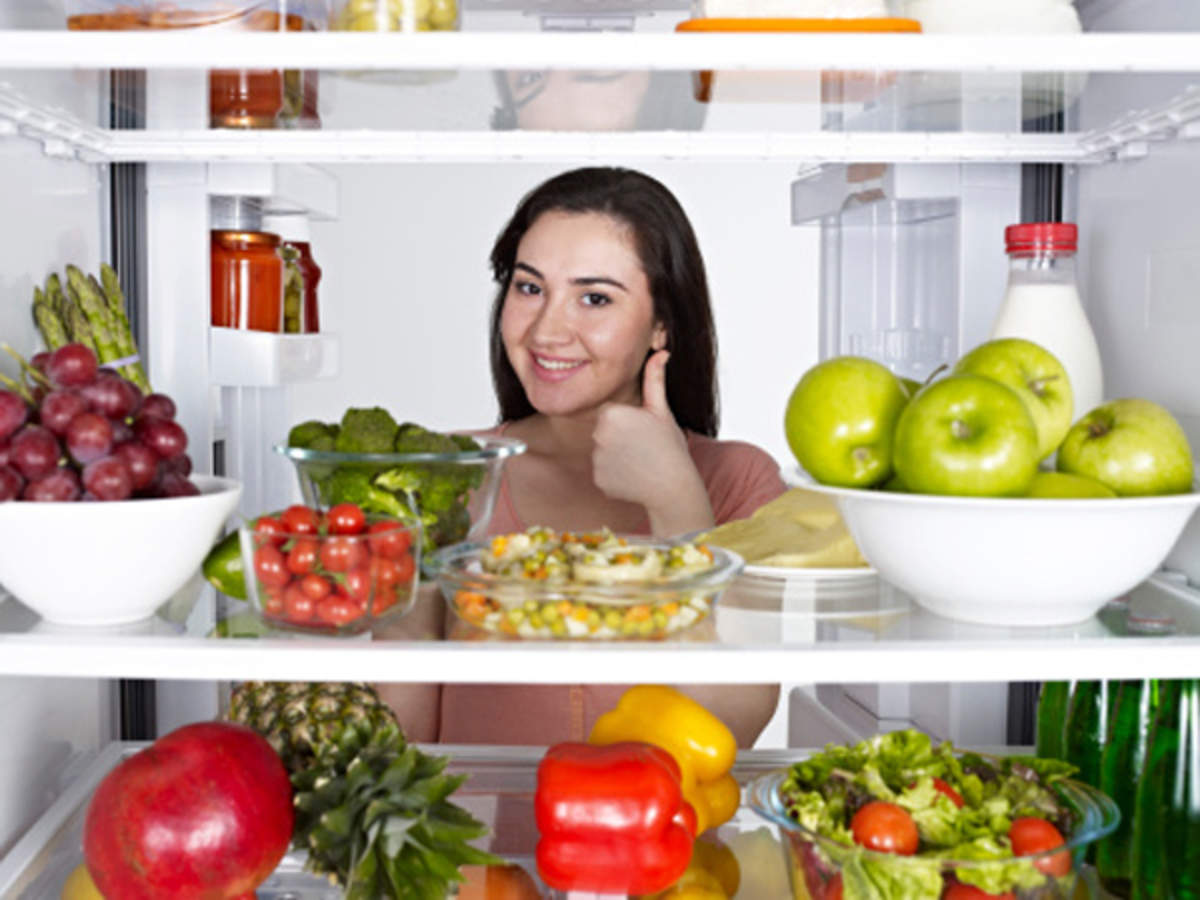
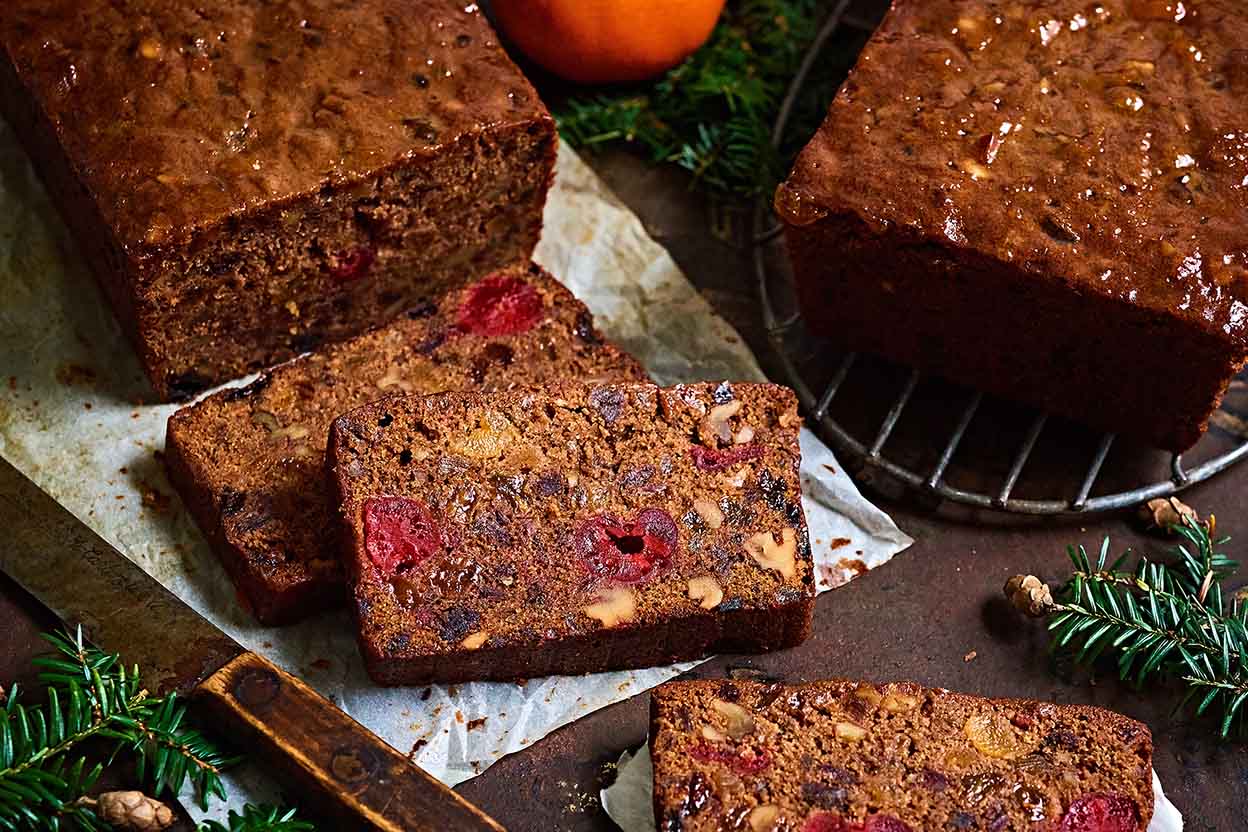
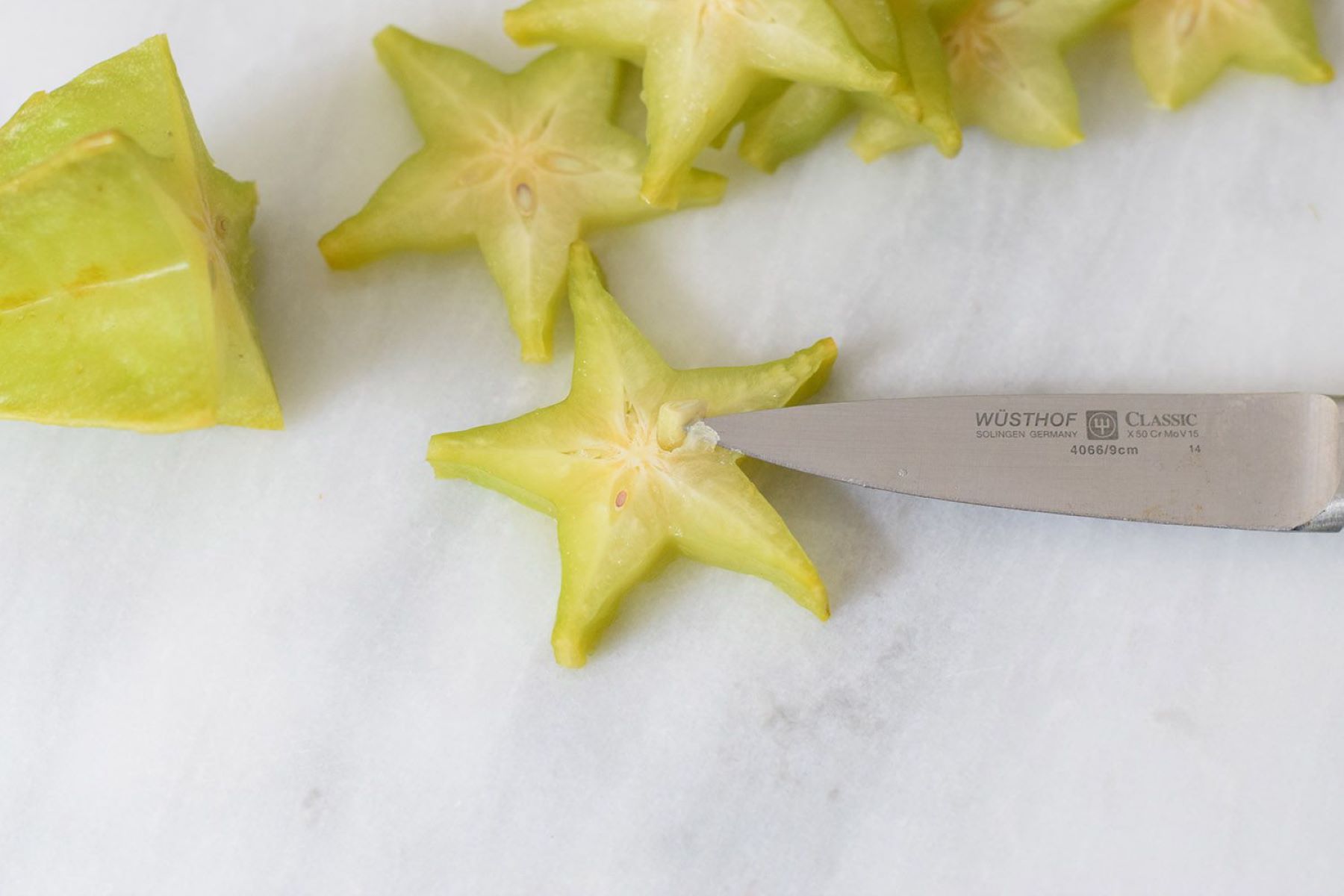
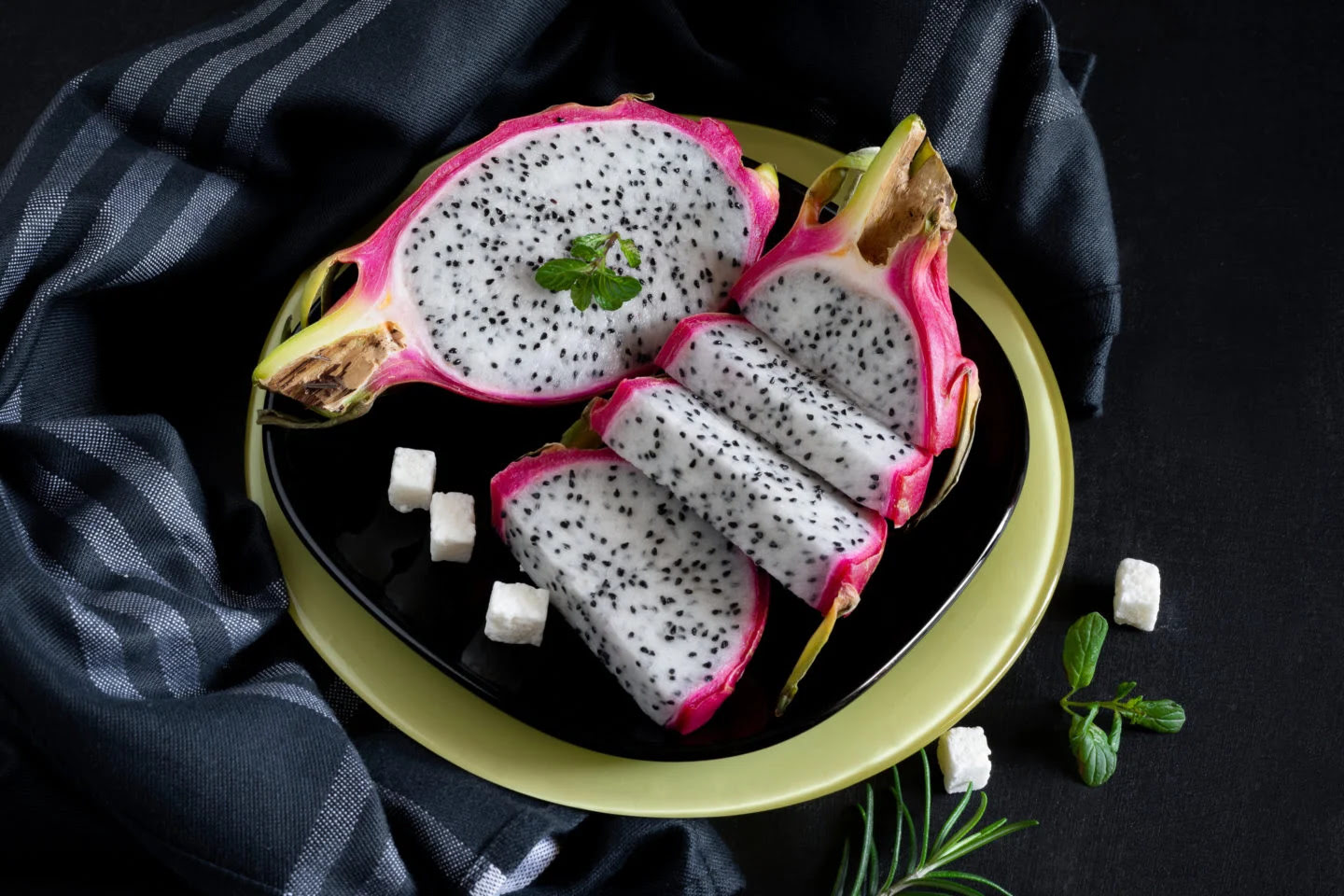
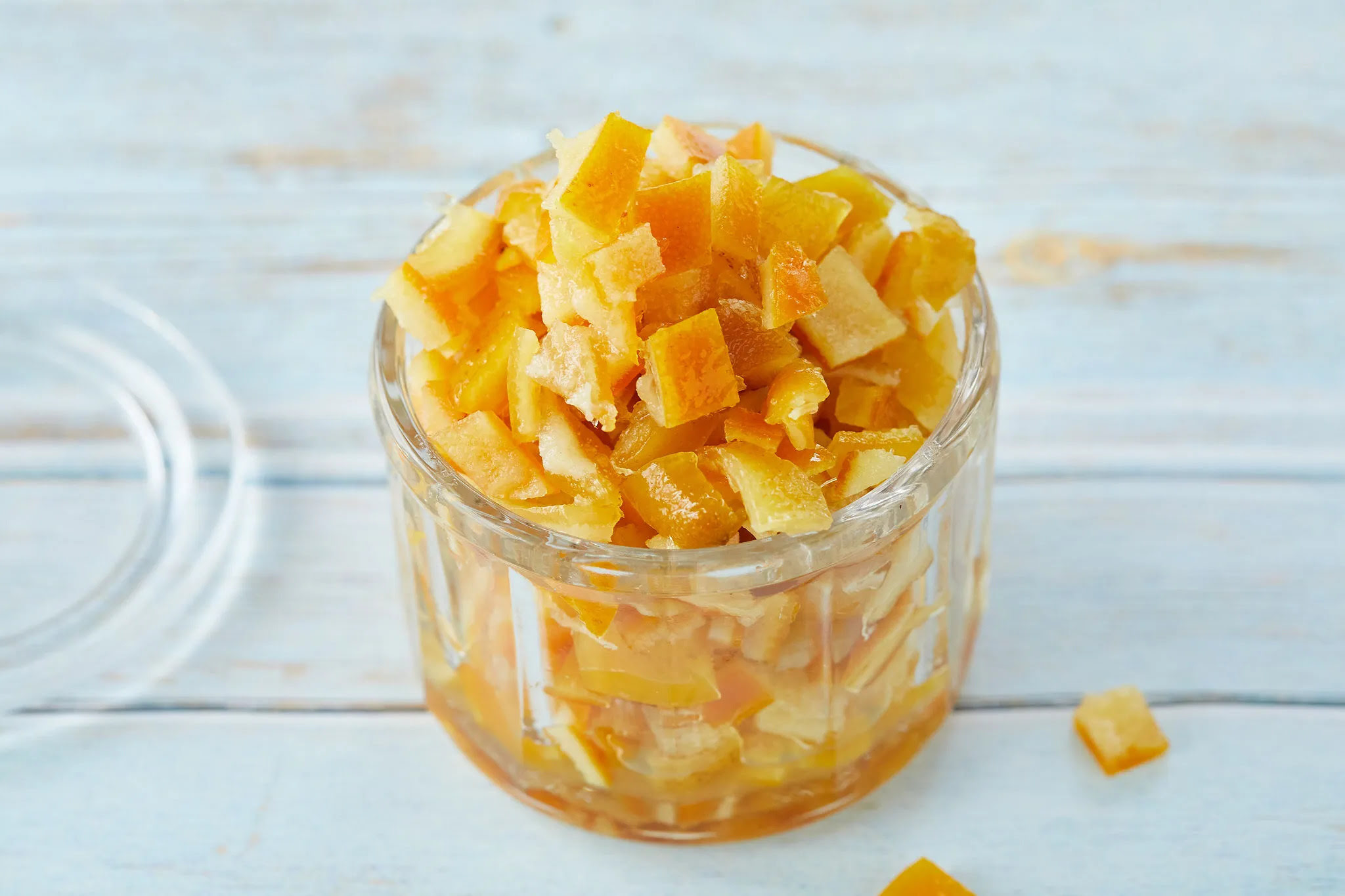
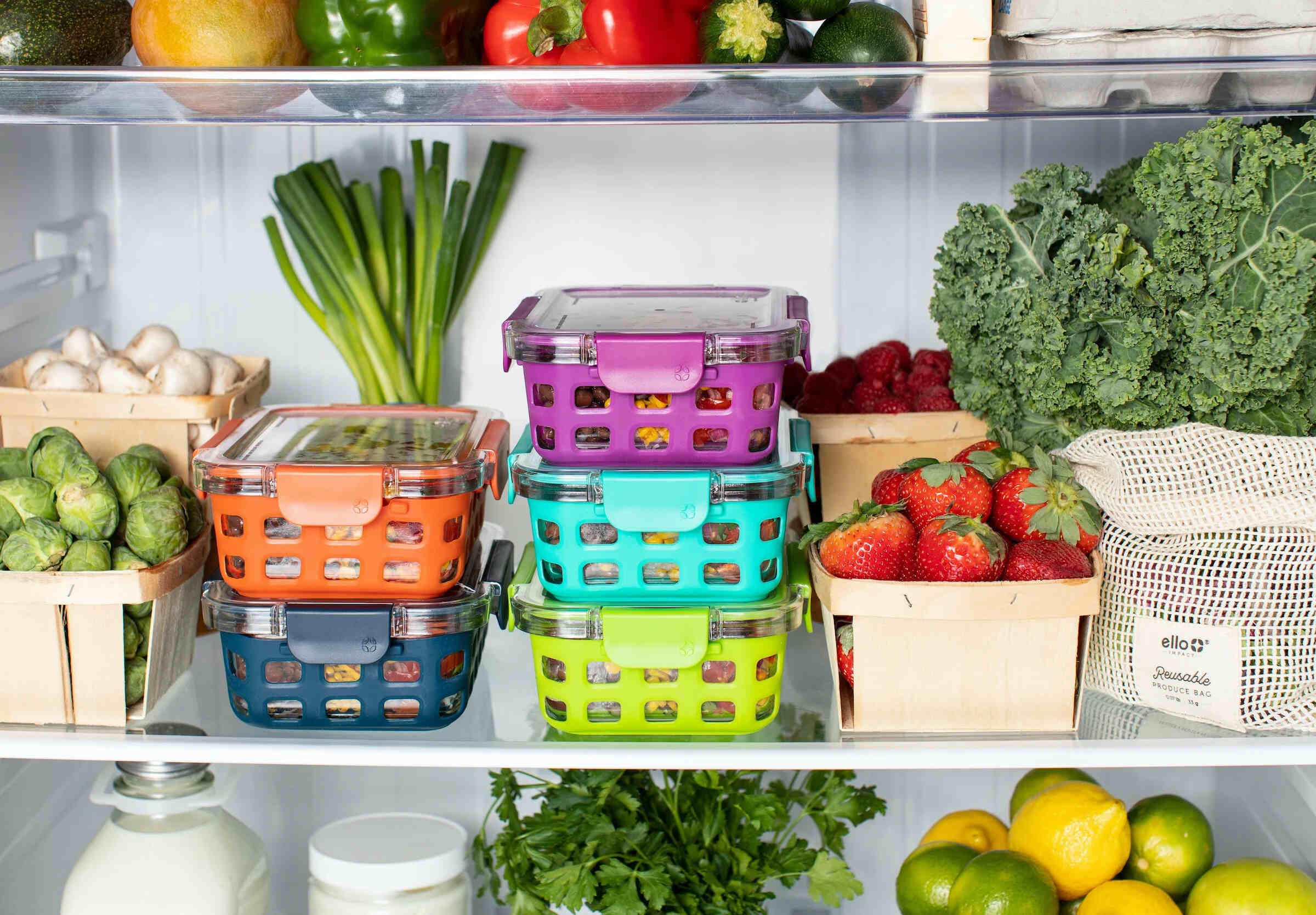
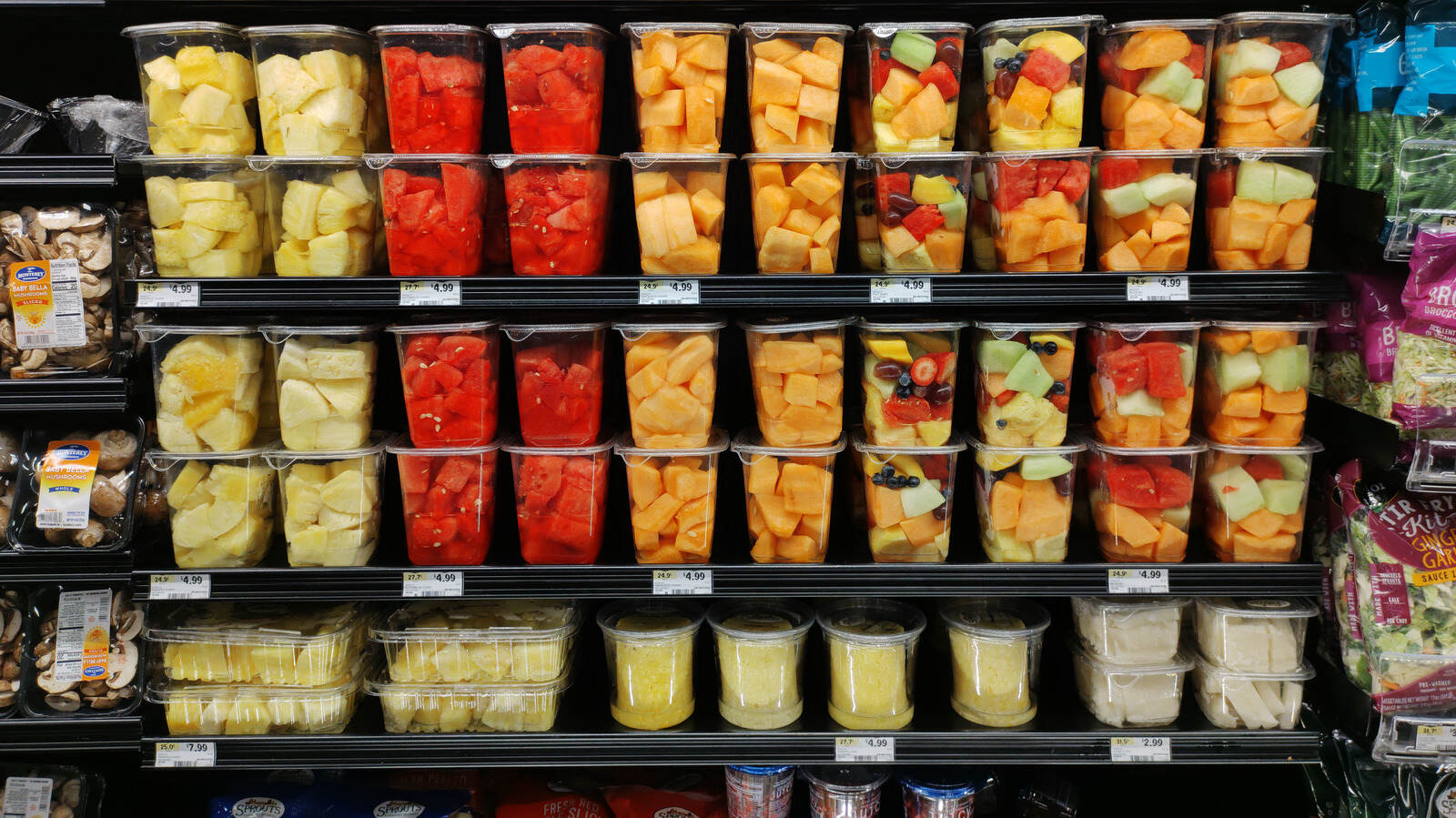
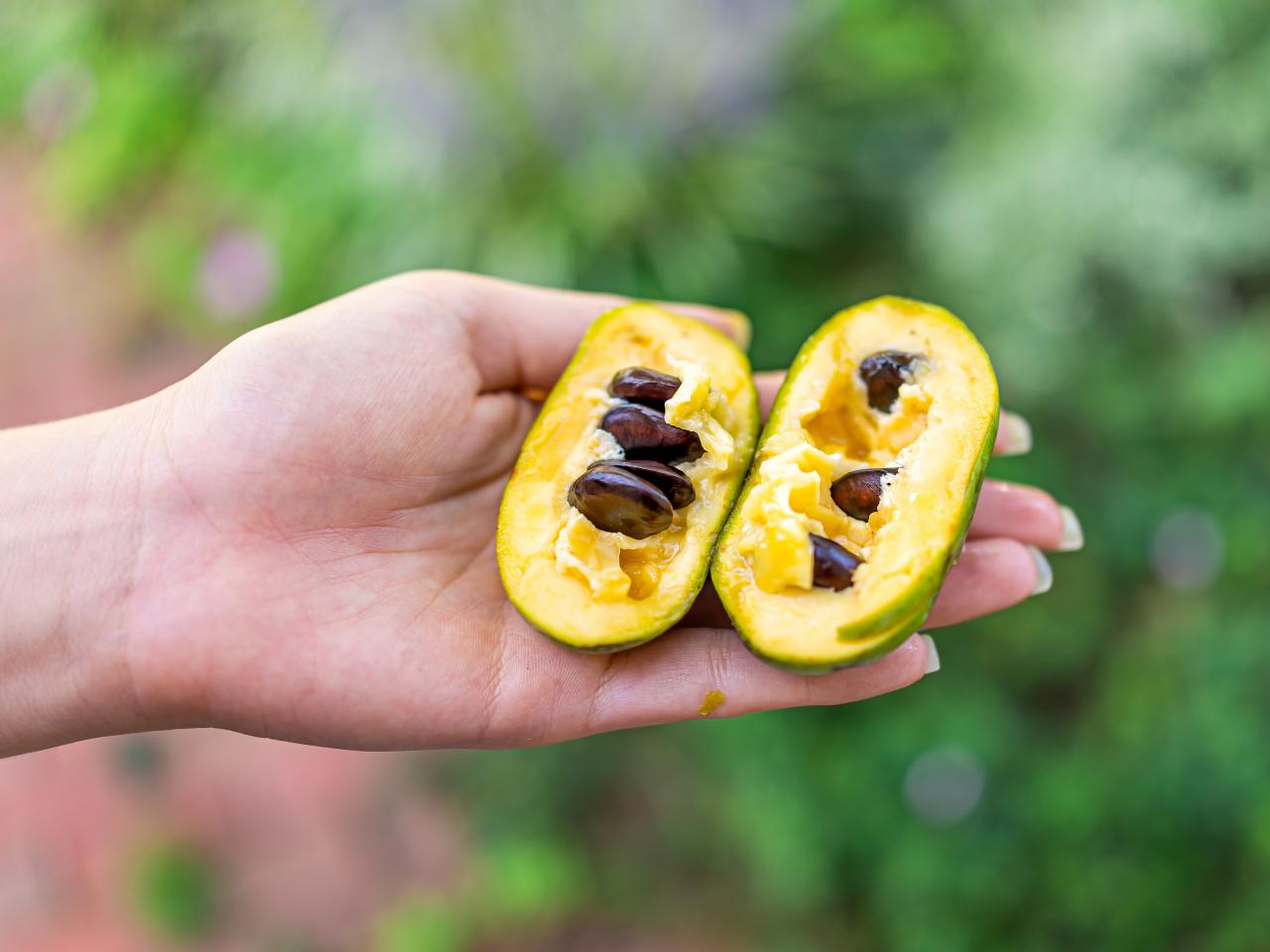
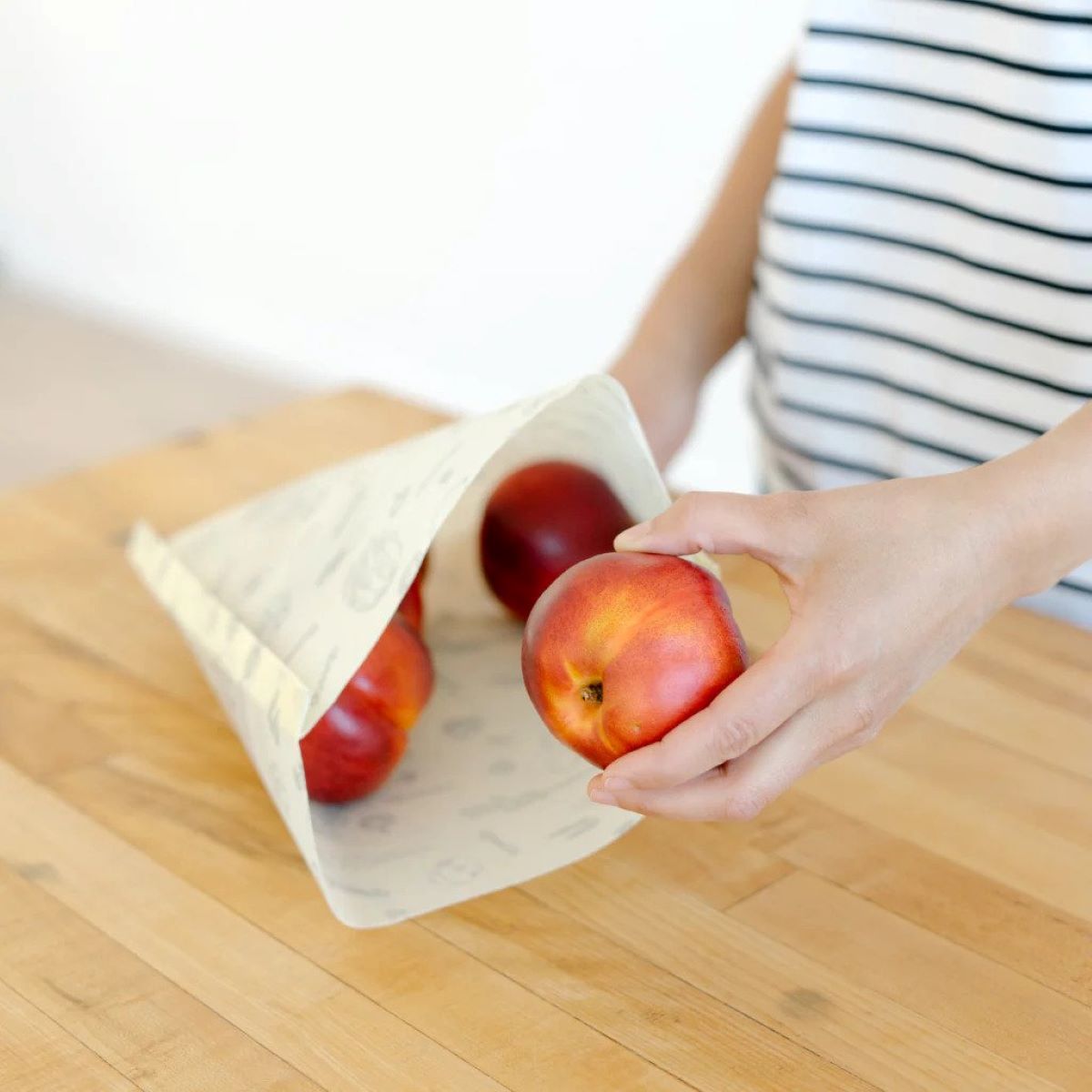
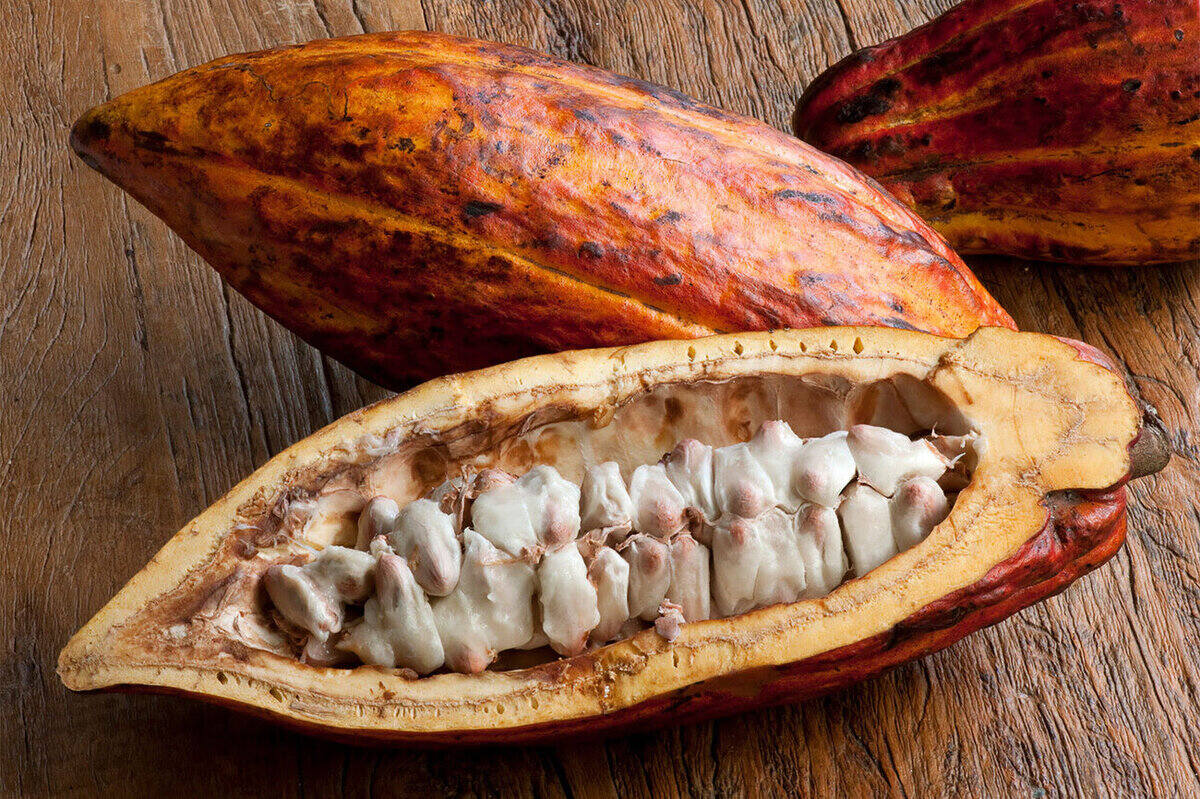
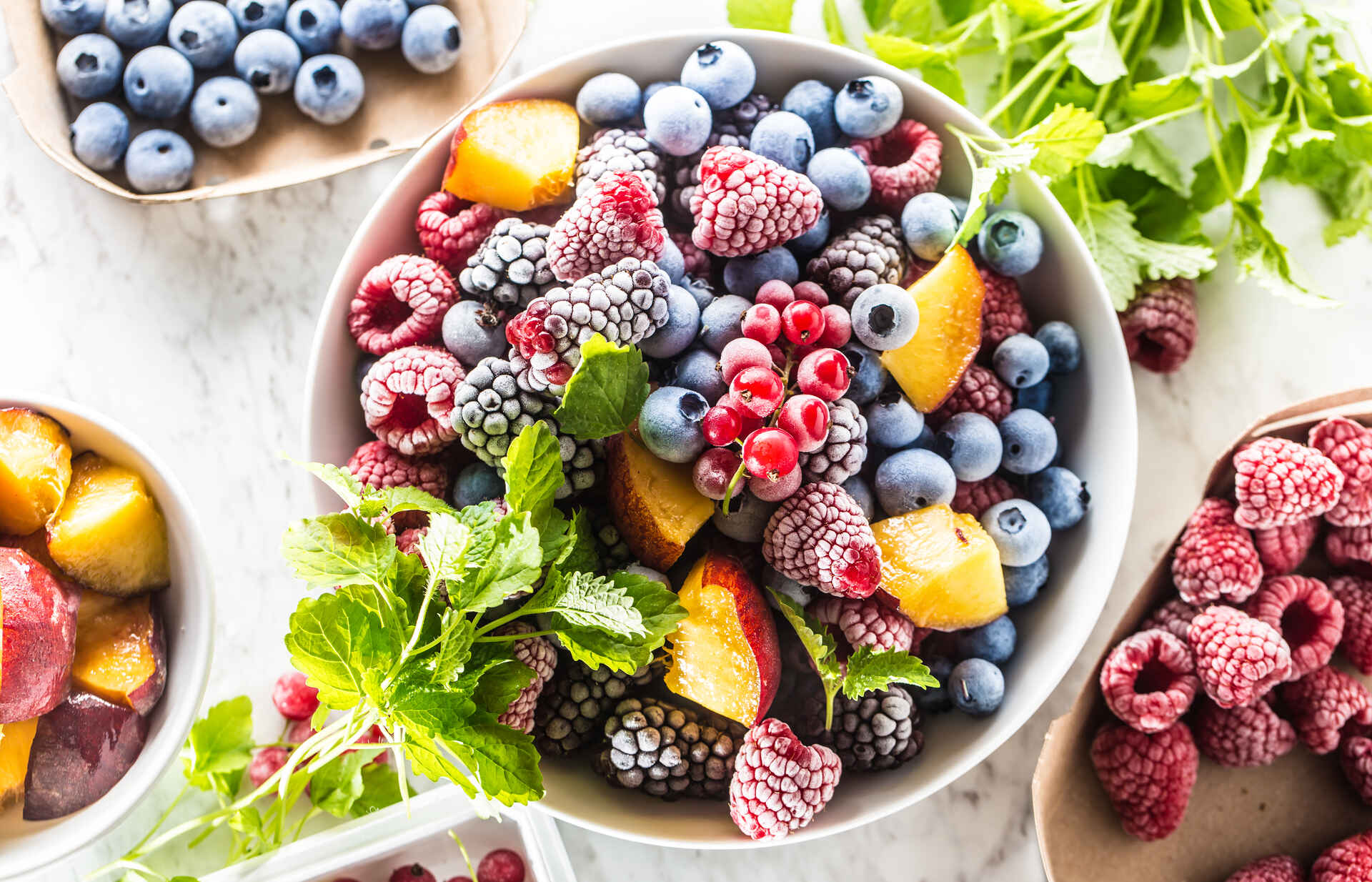
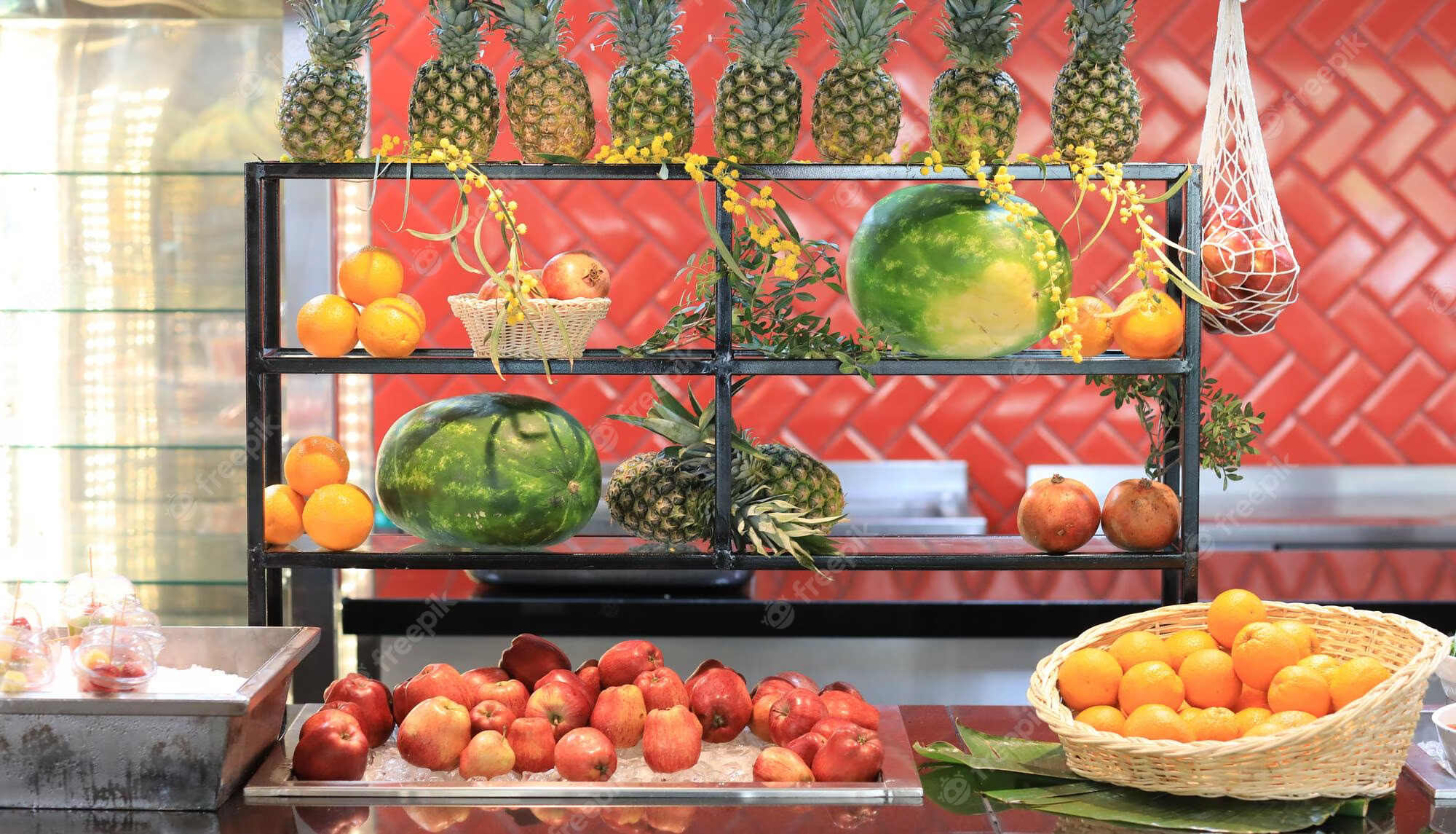
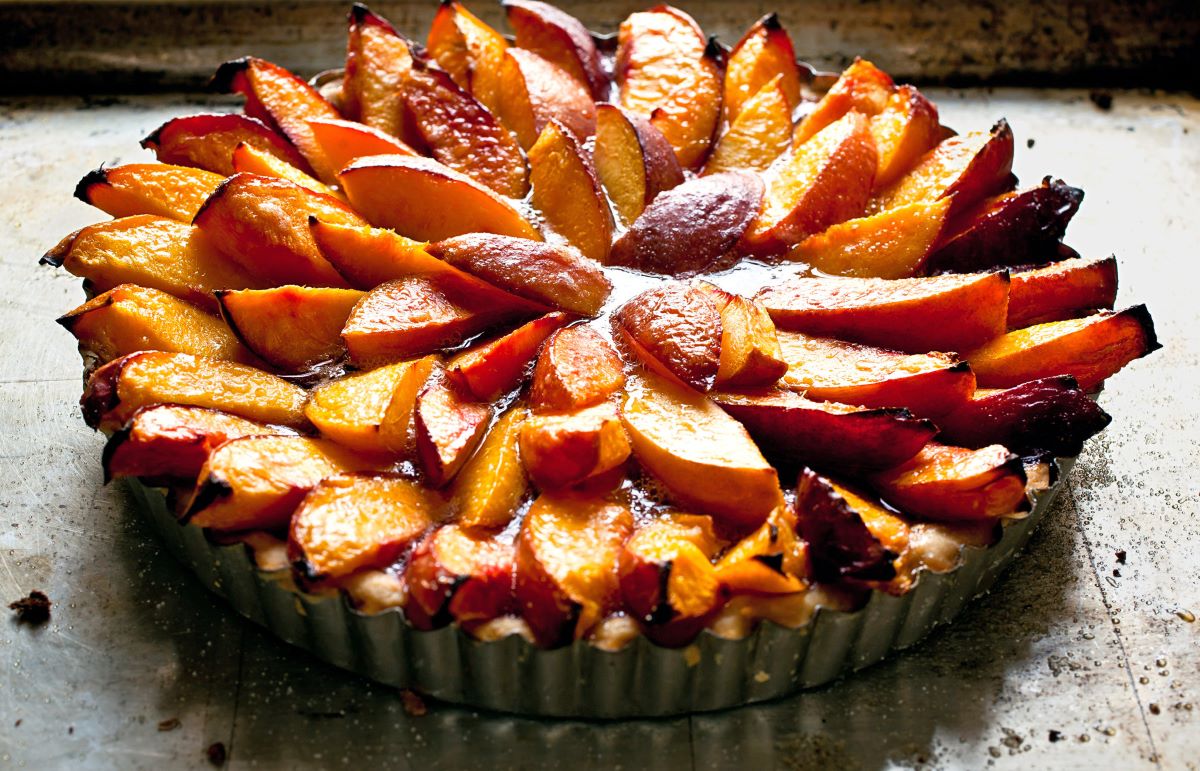

0 thoughts on “How To Store Dried Fruits”